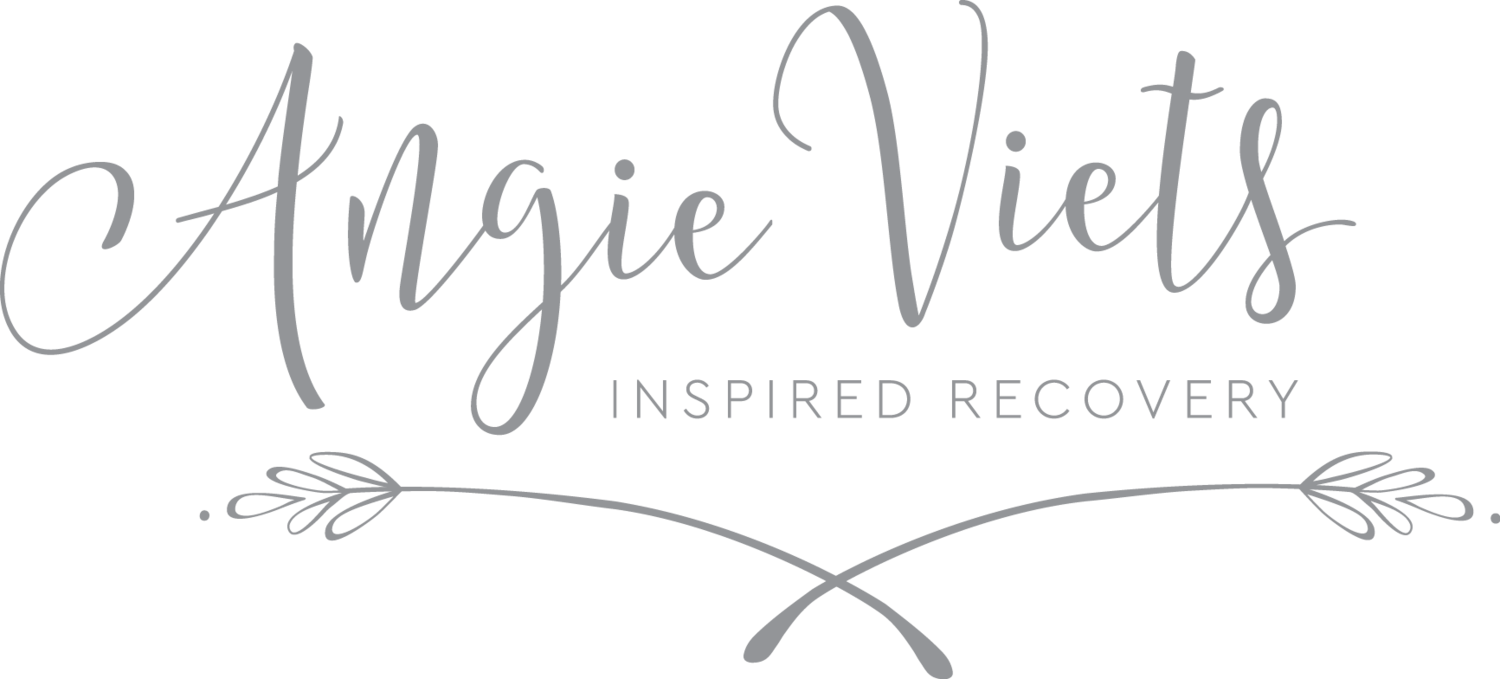Making Peace With Our Reflection in The Mirror
Jennifer Kreatsoulas, PhD, RYT 500
For many years, including the early years of recovery from an eating disorder, my reflection was a source of complete angst. Standing before a mirror or catching a glimpse of my body in a storefront window could instantly send me into a mental tailspin as I meticulously inspected myself from every angle. No matter the day, the prevailing feeling during and after this ritual was disgust.
Is that any way to live, in disgust at the sight of your body? This is a question I asked myself for so long and is now the question I ask my clients who struggle with body image.
I must have asked myself that question hundreds of times before finally answering NO. Believe it or not, taking a yoga class in a room with mirrors was what moved me to interact with my reflection in a new and surprisingly healing way.
Let me set the scene.
It’s a packed Friday noon class. I enter the yoga room to realize that the only spaces left are next to the mirror wall — directly next to it. Meaning, to my right isn’t another practitioner; it’s the mirror.
I scan the room three times over, as if by the third time a space will magically become available. I roll out my mat and feel agitated. I futz with the blocks and my towel and bottle of water, nervously moving them from one side of my mat to other, pretending to get set up for class.
In the opening moments of class, I try to rest my mind on my breath, to settle in, and arrive. But that damn mirror is staring at me. I breathe deeper and try to give myself over to the flow, the rhythm of the movement, and the energy in the room.
I come face to face with myself as we enter the first Warrior 2 of the practice. The disgust begins:
Does the flesh around my hips really bulge like that in Warrior 2? Are my thighs really that wide? Does my stomach really stick out that much? Do I really look like that, like all the time?
I breathe deeper and close my eyes. When I opened them, magic actually did happen.
Time seemed to pause, and the sounds in the room faded away. First, I saw my own eyes — just my wide-open eyes. Next, I saw my body in the shape of Warrior 2. I didn’t see body parts, I saw the wholeness of myself in this strong and powerful yoga pose.
Then, I looked past myself and saw the entire room behind me filled with warriors, just like me — working hard, breathing deeply, coming to their mats to find peace of mind.
In that single moment, I recognized myself in the mirror as an individual part of a larger group that came together to experience and share a common purpose. The mirror reflected the definition of the word yoga — to unite or union.
Once I looked past myself in the mirror, it showed me community, the gift of shared experience. The mirror reflected belonging versus self-alienation. Seeing myself through the lens of wholeness created a reflection founded on connection.
In that moment, I understood how viewing myself through the lens of disgust severed any possibility for true connection with myself and others. This realization brought an emotional and physical release in my Warrior 2 pose. As the tears came I deepened the bend in my front knee, lifted my chest, reached longer through my arms, and turned my gaze forward over my fingers. The belonging I felt was so powerful and fulfilling that I didn’t need to “see it” in the mirror. I could sense it from the inside out.
That day in the yoga room brought me face to face with how mirrors can show me what is possible when I take my place in the world with the confidence of a warrior. Now when I see my reflection, I see myself in relation to the world behind me; to appreciate the spaces I inhabit or visit; to take in colors, shapes, nature, architecture, and the beauty of light; to recognize myself as part of a larger group and world.
It’s also helpful to apply the same idea when you look at pictures of yourself. Rather than stay stuck in picking apart your body, notice other elements in the picture. Connect with the memory of the experience—the sounds, sights, and people you were with.
Next time you find yourself spiraling into body disgust, pause, take a deep breath, and study the mirror for what else it can show you. Seek connection. Look at yourself through the lens of wholeness.
Jennifer Kreatsoulas, PhD, RYT 500, is a yoga therapist specializing in eating disorders and body image. She is coauthor of the forthcoming book, Body Mindful Yoga: Create a Powerful and Affirming Relationship with Your Body (Llewellyn Worldwide, 2018)
In addition to her private yoga therapy practice, Jennifer leads yoga therapy groups at the Monte Nido Eating Disorder Center of Philadelphia and yoga workshops and retreats on eating disorder recovery and body image. She is a partner with the Yoga and Body Image Coalition and writes and speaks about her personal and professional experiences on the topics of yoga, body image, motherhood, and eating disorder recovery. Connect with Jennifer on her website.






















